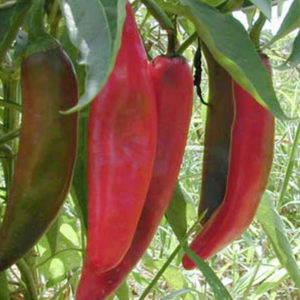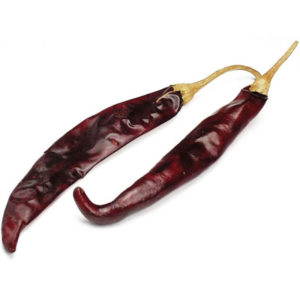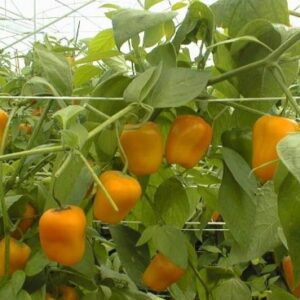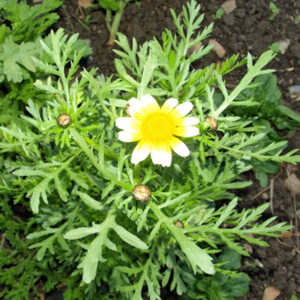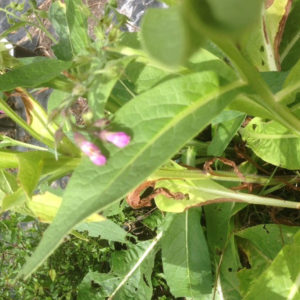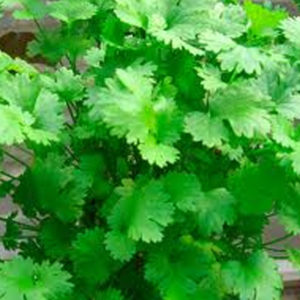-
 Capsicum annuum A sun loving plant 1 metre high producing fruit 10cm long x 1.5 wide tapering to soft point. Jalapeno's are traditionally used when bright green but you can leave them on the plant all the way from black to red. Considered very mild and great for stuffing and known for their lovely flavour.
Capsicum annuum A sun loving plant 1 metre high producing fruit 10cm long x 1.5 wide tapering to soft point. Jalapeno's are traditionally used when bright green but you can leave them on the plant all the way from black to red. Considered very mild and great for stuffing and known for their lovely flavour. -
Out of stock
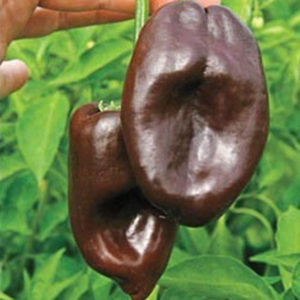 Capsicum annuum So excited to have this seed available to you and I recommend you seed save. A poblano type chilli on a very tall plant will maybe need some staking. Producing wide green fruit tapering gently to soft point. Known as Ancho's in Mexico they are very mild with smells of raisins and smoke when dried. Add an exquisite richness to any dish.
Capsicum annuum So excited to have this seed available to you and I recommend you seed save. A poblano type chilli on a very tall plant will maybe need some staking. Producing wide green fruit tapering gently to soft point. Known as Ancho's in Mexico they are very mild with smells of raisins and smoke when dried. Add an exquisite richness to any dish. -
Out of stock

Capsicum annuum An 'Ancho' or wide chilli on a 70cm bush enjoying full sun. The fruit is up to 15cm long x7cm wide matures from green, red and then almost black. Used in Mexican mole (spelt molay) sauces after roasting or dried and powdered. Lovely smoky smell and flavour.
-
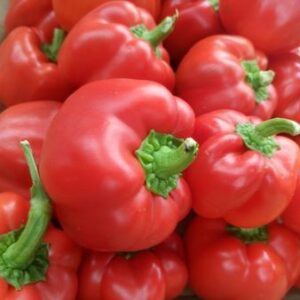 Capsicum pubescens Our Rocoto Chilli plant never stops producing and despite looking exhausted by the end of winter starts greening up and amassing beautiful purple flowers soon as spring starts. Remarkable chilli of good heat and great flavour. Plant spring-summer in trays and transplant in protected area full sun.
Capsicum pubescens Our Rocoto Chilli plant never stops producing and despite looking exhausted by the end of winter starts greening up and amassing beautiful purple flowers soon as spring starts. Remarkable chilli of good heat and great flavour. Plant spring-summer in trays and transplant in protected area full sun. -
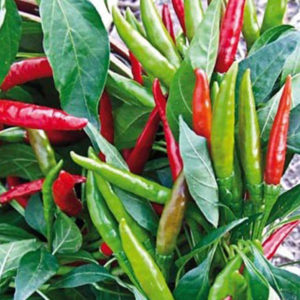 Capsicum annuum Compact plant even suitable for a largish pot with beautiful upright green to red fruit reaching upward on top of plant, so quite unusual and ornamental. And of course delicious. Found right through Asia and introduced by the Spanish conquistadors. Considered very hot yet used in most of the Thai dishes we eat. Recommended.
Capsicum annuum Compact plant even suitable for a largish pot with beautiful upright green to red fruit reaching upward on top of plant, so quite unusual and ornamental. And of course delicious. Found right through Asia and introduced by the Spanish conquistadors. Considered very hot yet used in most of the Thai dishes we eat. Recommended. -
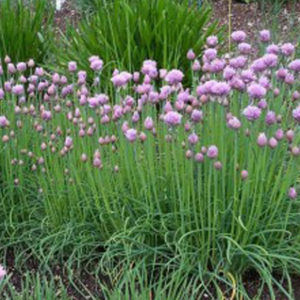 Allium schoenoprasum Perennial originating from Europe Asia & North America. 40cm tall hollow fine tubular stems from central bulb chives are generally dormant in winter and regrow and can be side picked the rest of the year. Often grown in pots, as borders and around gardens due to their insect repelling properties.
Allium schoenoprasum Perennial originating from Europe Asia & North America. 40cm tall hollow fine tubular stems from central bulb chives are generally dormant in winter and regrow and can be side picked the rest of the year. Often grown in pots, as borders and around gardens due to their insect repelling properties. -
Out of stock
 Zea Mays This multicoloured corn is beautiful to look at and lovely steamed. Open pollinated ancient, multi coloured actual sweet corn growing 2 metres & more. Has good sugar levels and ready to eat in 90 days after planting. Reportedly found by archaeologists in the Anasazi ruins. Plant as all corn - full sun, rich organic soil and plenty of water.
Zea Mays This multicoloured corn is beautiful to look at and lovely steamed. Open pollinated ancient, multi coloured actual sweet corn growing 2 metres & more. Has good sugar levels and ready to eat in 90 days after planting. Reportedly found by archaeologists in the Anasazi ruins. Plant as all corn - full sun, rich organic soil and plenty of water. -
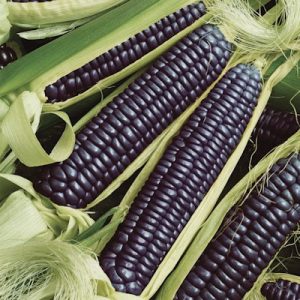 Zea mays This corn is blue to the eye and truly remarkable to grow. This is a rare seed. Blue Hopi corn has so much anthocyanins in it that some say that it is has more antioxidant potential than blueberries. Limited quantities. Considered a staple corn of the Hopi people, this corn can be eaten as a sweet corn when young, or allowed to dry it can be used to make flour. Hopi Blue has a higher protein content than a dent corn and makes wonderful tortillas. The 7 inch, dried blue ears also make great autumn decorations. Plants are 2 metres tall.
Zea mays This corn is blue to the eye and truly remarkable to grow. This is a rare seed. Blue Hopi corn has so much anthocyanins in it that some say that it is has more antioxidant potential than blueberries. Limited quantities. Considered a staple corn of the Hopi people, this corn can be eaten as a sweet corn when young, or allowed to dry it can be used to make flour. Hopi Blue has a higher protein content than a dent corn and makes wonderful tortillas. The 7 inch, dried blue ears also make great autumn decorations. Plants are 2 metres tall.

